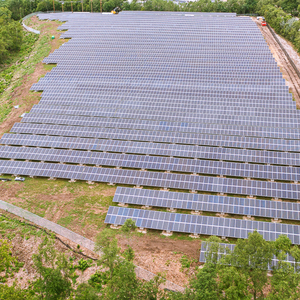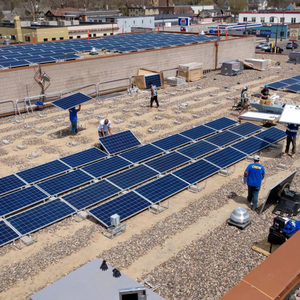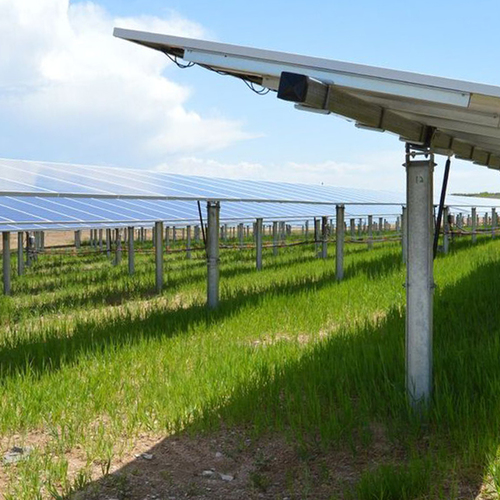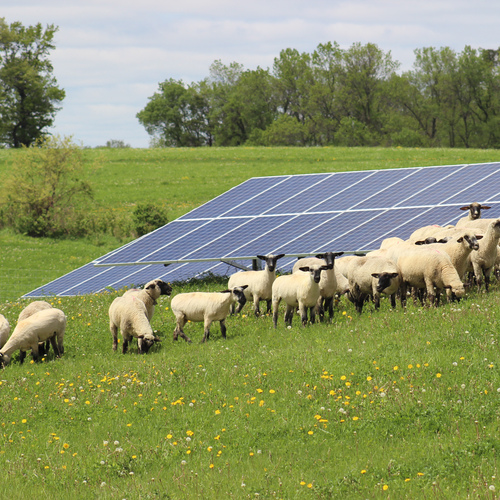
In 2020, solar development flourished in the U.S., with nearly 9.6 gigawatts (GW) of new utility-scale operations going on line–a record. By the end of the year, according to the Berkeley Lab’s year-end report, there were some 969 projects in the U.S. with capacities greater than 5 megawatts (MW), the benchmark that the lab uses to separate “utility-scale” photovoltaic arrays from everything else.
Projects can run in the hundreds of MWs, so it would be easy to dismiss something as modest as the Curravale Solar Farm in rural Knox, Maine. With a capacity of just 1.95 MW, Curravale and its 5200 solar panels would produce just enough electricity to supply 250 households as its developer, ReVision Energy, planned to flip the switch just before Thanksgiving.
But Curravale has something that much bigger utility projects do not. As a community solar farm, it offers consumers a chance to buy into renewable energy directly when installing solar panels on their own homes is impractical, not permitted, or too expensive. The country’s rapidly expanding network of community solar farms has, on average, more than doubled its total capacity every year for the last decade, reaching a total of 3.2 MW and more than 1600 projects around the U.S. by the end of 2020.
Only about half of all buildings in the U.S. are large enough or face the right direction to make rooftop solar an option, according to an organization called Institute for Local Self-Reliance. Community solar is a way of bridging the divide between solar haves and have-nots.
Far from springing up only in places like the sunny Southwest, community solar has made some of its greatest inroads in northern states, where solar potential is lower. Minnesota, for example, is at the top of the list with 789 MW of capacity at solar farms now…
Weekly Newsletter
Get building science and energy efficiency advice, plus special offers, in your inbox.

This article is only available to GBA Prime Members
Sign up for a free trial and get instant access to this article as well as GBA’s complete library of premium articles and construction details.
Start Free TrialAlready a member? Log in















One Comment
More and more layers of complexity, expense, regulations and subsidies - all because the government won't properly regulate the existing utilities (forcing them to pollute less and install more solar and wind themselves).
> 9 kW of capacity and will pay roughly $24,000 {plus service fees}
This is a terrible price for medium scale solar. The current model for solar in the US isn't working well.
Log in or become a member to post a comment.
Sign up Log in